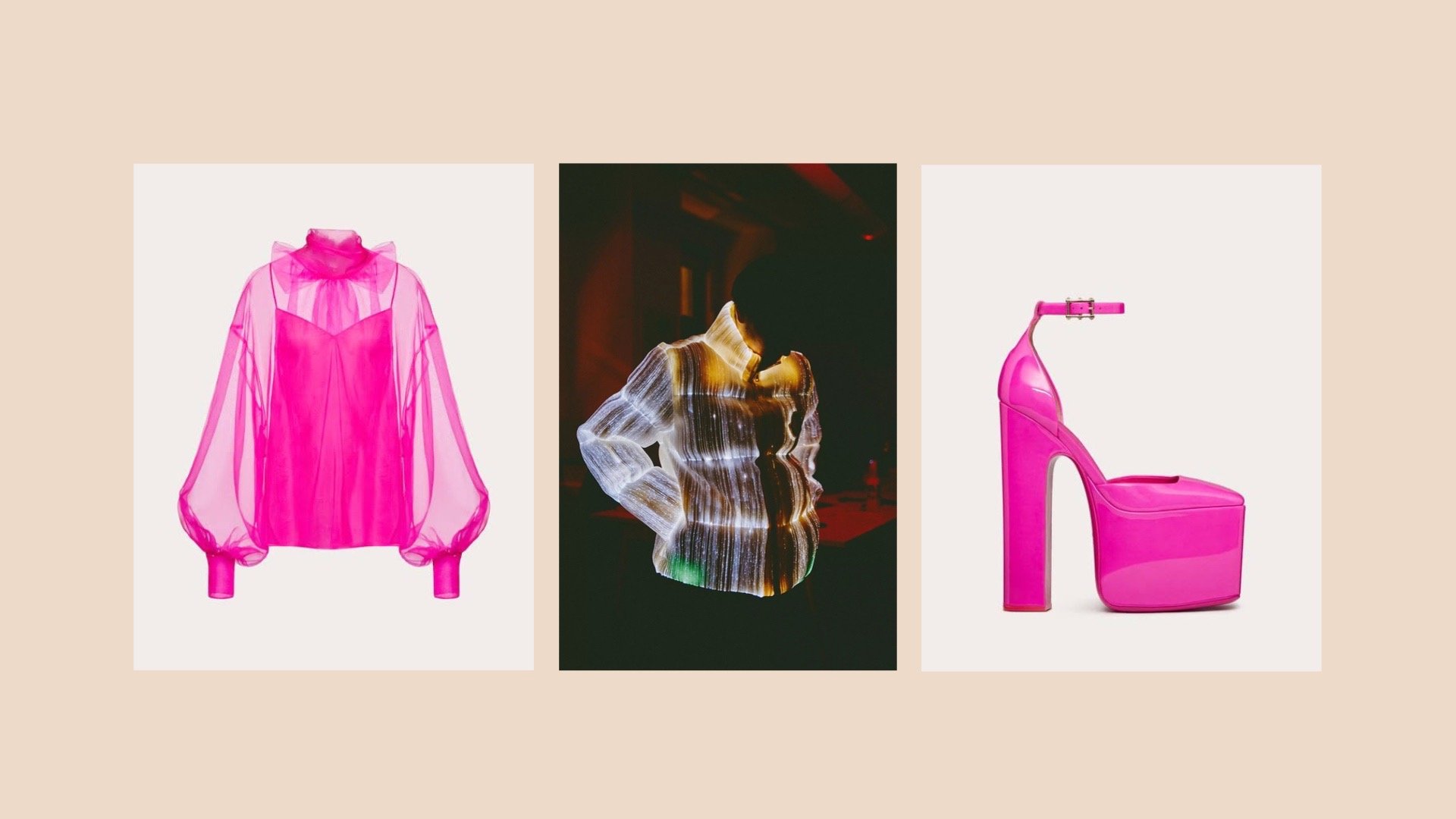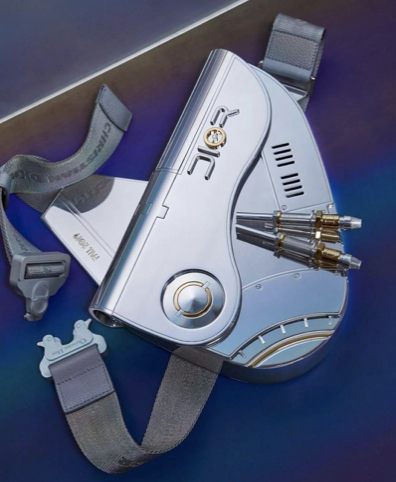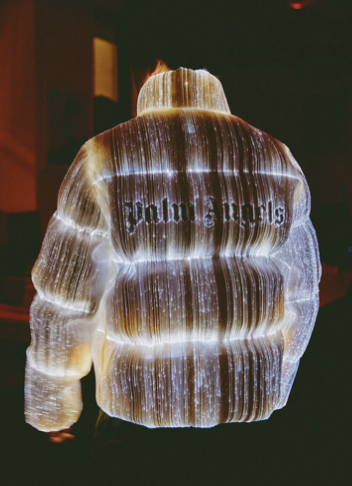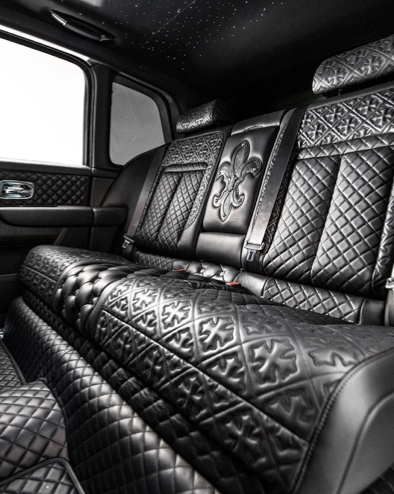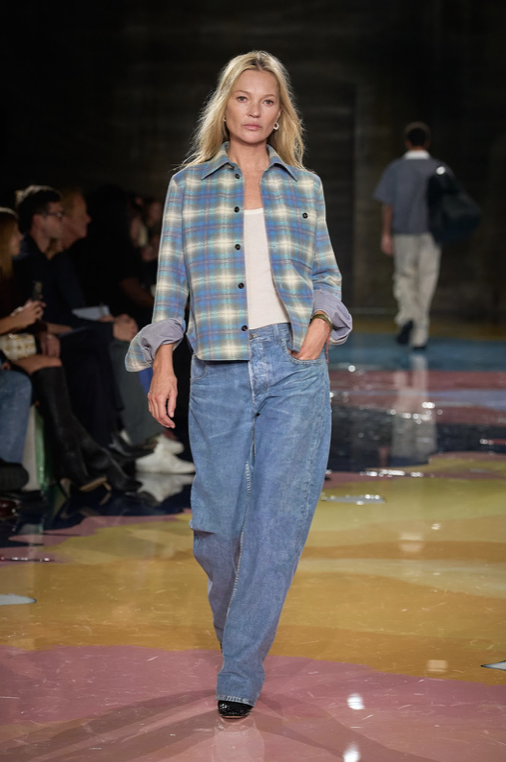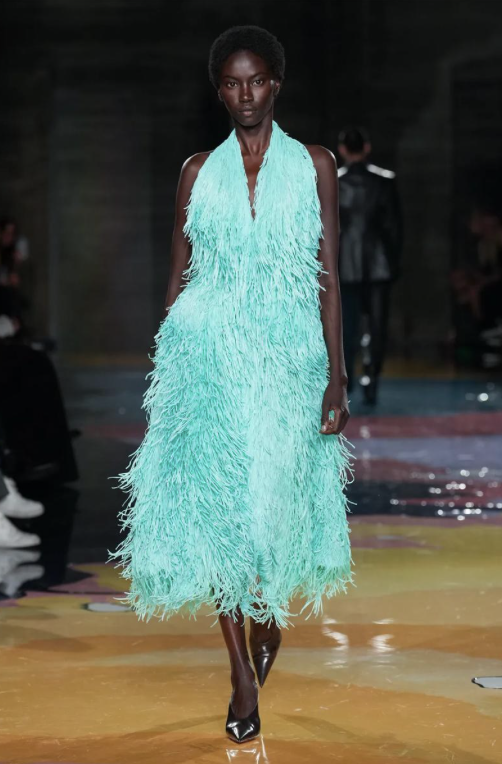Youths are the Future: the New Luxury Consumer
Graphic by Molly Van Gorp.
Rich, older people have long been the primary audience of luxury brands. Before the pandemic, luxury brands sold their goods mostly through in-store purchases. However, the pandemic forced many brands to shift their focus to online sales and the use of influencers as a new form of marketing. The main target audience of influencers are people who are on social media enough to consume their contact: usually teens and young adults. Influencer diversity (in the sense that they have different aesthetics and different brands they prefer to promote) create many different fashion niches on social media platforms, which, in turn, target people who have specific tastes. These niches are more commonly referred to as “cores” like cottagecore, gorpcore and barbiecore.
Influencers create these micro labels, and the luxury brands behind them use the influencers-driven-micro-labels to target newer, younger consumers. On July 9, 2021, Greta Gerwig announced that she would be directing the live action Barbie movie. Valentino recognized that Gerwig’s announcement reawakened Barbie fans and knew they could capitalize on an audience obsessed with Barbie Pink. On March 6, 2022, Valentino released their Pink PP F/W 22-23 collection, and “barbiecore” began to dominate runways from top designers to emerging brands across the world.
Image courtesy of Valentino.
This is a perfect example of how young audiences are completely shifting the luxury market. Luxury brands now must find creative ways to stay in touch with young consumers by paying attention to what they are talking about on social media, and what they’re hyper fixating on. It also puts these companies at risk. If they are not producing clothes and accessories desirable to this audience, their products will not sell. This may not be as big of a problem for big fashion houses like Dior and Chanel since people will always buy their products for the clout, but even they have to stay on their toes.
Instead of obsessing over yet another ridiculously overpriced top emblazoned with the Dior or Chanel logo to the point where it becomes tacky and lazy, young people are turning to their older collections and insane collaborations. Images below (from left to right): Dior x Sayorama saddle bag (courtesy of HighSnobiety), Moncler x Palm Angels Maya 70 (courtesy of HighSnobiety), and Chrome Hearts x Rolls Royce (courtesy of SoldOutService).
So who makes up for the rest? This is where the rest of the micro labels come in.
Gorpcore, as I mentioned earlier, is primarily isolated to outdoor camping, but the popularization of this niche on TikTok catapulted brands like Arc’teryx outside of its woodsy origins and into the world of high fashion. Maison Margiela and Comme de Garçons thrived in the streetwear world that was always present but gained significant traction in recent years with Black artists name-dropping the brands in their songs, influencing their fans to take a look and buy pieces. Even brands like The Row have gone from if-you-know-you-know to everyone knows thanks to minimalists on TikTok who want people to know how rich they are.
Of course, this is a two-way street. Cores help brands and their designers to be more in tune with youth culture, and they also serve as sources of inspiration for big houses that are looking to shift their position in fashion. Bottega Veneta is one such brand.
Bottega is mostly recognized for their high quality leather accessories, but their new creative director Mattieu Blazy is looking to completely revamp their image. Interestingly, Blazy’s work history includes brands like Raf Simons and Maison Margiela, both becoming increasingly popular with younger consumers. In line with Blazy’s impressive portfolio, Bottega’s Spring ‘23 show was mind blowing. It featured looks that looked like they were made from denim or cotton, but were actually made entirely of leather, sticking to the brand’s core as master leather manipulators but applying it in a completely new and fresh way. Blazy’s extensive knowledge of fabrics, leather and design techniques mesh effortlessly with the creativity and uniqueness younger consumers demand and value. Images below: all leather looks from Bottega Veneta Spring ‘23 at Milan Fashion Week in Italy. From left to right: image courtesy of HighSnobiety and Hypebeast.
Bottega’s willingness to remarket their company to fit more into the changing culture due to social media’s increasing influence in the fashion industry solidifies it as a brand to which young people will look forward to buying. This should be a signal to major fashion houses. Logos on clothes can only go so far, and in an industry starved of the artistic side of fashion, they may not go as far as the brands would like. For better or for worse, the new, younger audience of luxury brands is changing the tides in the fashion industry, and only those who fit into their standards of luxury will make it to the other side.

